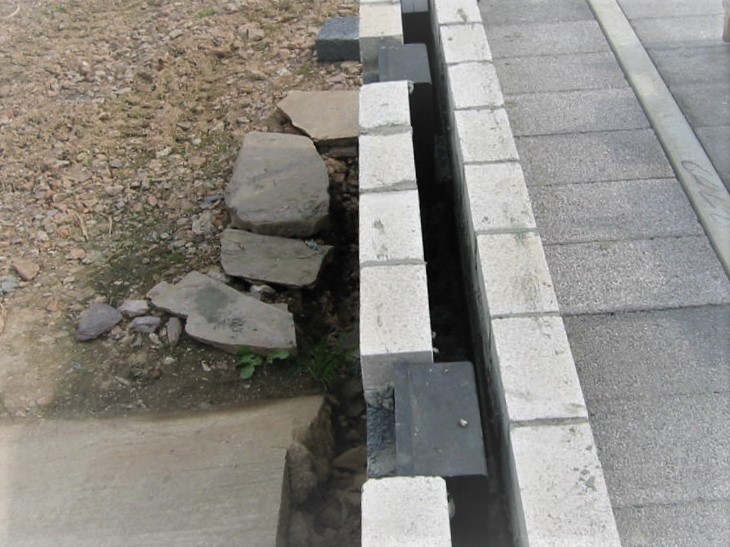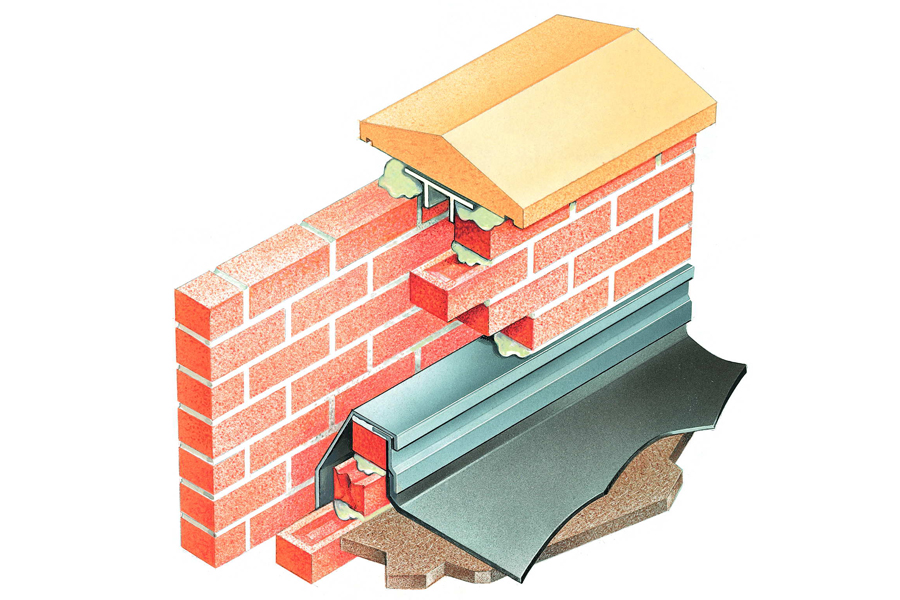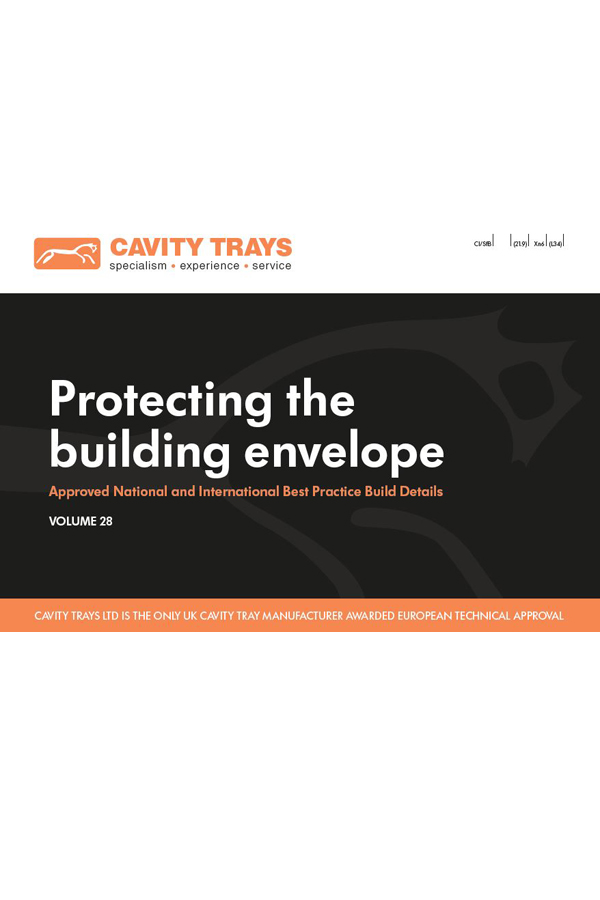Higher Resistance Specification Solution
A high risk of exposure to severe driving rain exists in many parts of the UK, with even some sheltered locations regularly being subjected to extreme levels of deluge rainfall.
There are two categories of exposure within BS 5534 covering buildings of a height up to 12 metres; BS 8104 and BR 262. When the height of the building exceeds 12 metres, BS EN 1991-1-4:2005+A1 comes into play, taking account of increased wind speeds. The impact on roof/wall intersections can be demanding and a critical consideration is how intersections are flashed and to what extent able to perform and maintain functionality with undulating pressure variances around the top of a building.
Driving rain accompanied with wind will breach a conventional running stepped flashing where pressure forces the water under the flashing leading edge. Once under the leading edge, water is immediately in contact with the back of the flashing and the (outer skin) fabric of the building - the very masonry that is supposed to remain dry. The wetness then gravitates downwardly under the roofline, where the same masonry skin is an inside wall.
Running stepped flashings cannot provide the extent of protection enjoyed with the alternative:
The individual stepped lapping flashing.
 But, most importantly, it is how such individual flashings are shaped, lapped, positioned and secured that dictates their capability.
But, most importantly, it is how such individual flashings are shaped, lapped, positioned and secured that dictates their capability.
Preformed Type X Cavitrays are manufactured specifically for stepped and staggered gable abutments and have individual stepped lapping flashings already attached. The flashings are already shaped to suit the angle of the roof, and following building-in of the Cavitrays, require dressing only.
Once dressed, the relationship between individual flashings of trays provides a unique overlapping arrangement wherein should water drive under the leading edge, it is arrested by the lapping layer and safely discharged - away from the masonry area that remains protected.
European Technical Approval has been awarded to Cavity Trays Ltd, manufacturers of Type X Cavitrays and the manufacturer remains the only holder of this Standard for such trays.
The flashing choice includes lead and synthetic options. All flashings are bonded onto the Cavitray via a bosem jaw, the most effective anchoring medium of all options tested by the Company. Cavity Trays Ltd has a history dating back to the 1920’s, and in addition to holding ETA status, has a proven track record unmatched by any other company in this specialised field.
A spokesperson for Cavity Trays commented:
‘The windward side of a building will act as a vacuum force on the lee side of the building and it is generally accepted the uplift force is equal to the force applied windward. The pressure variances undulate and can impose positive and negative pressures around flashings. Cavitrays with empirically modelled bonded flashings provide additional shelter and arrestment measures. The designer and contractor benefit a higher resistance specification, proven performance, an accompanying warranty and peace of mind. Approved Cavitrays with European Technical Approval are branded with the Cavity Trays of Yeovil name and logo’.







 But, most importantly, it is how such individual flashings are shaped, lapped, positioned and secured that dictates their capability.
But, most importantly, it is how such individual flashings are shaped, lapped, positioned and secured that dictates their capability.




